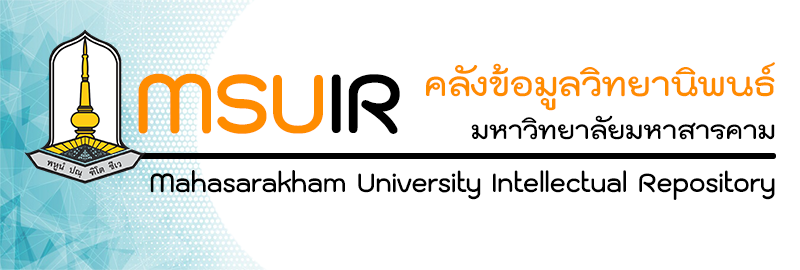Please use this identifier to cite or link to this item:
http://202.28.34.124/dspace/handle123456789/2726| Title: | Huolong Firework Ceremony at Qiaolin Jieyang City China: Self Identity and Representation in the Context of National Intangible Cultural Heritage พิธีดอกไม้ไฟหั่วหลงที่เฉียวหลิน เมืองเจี๋ยหยาง ประเทศจีน : อัตลักษณ์และการนำเสนอตัวตนในบริบทมรดกวัฒนธรรมที่จับต้องไม่ได้ของชาติ |
| Authors: | Zhanhua Lyu Zhanhua Lyu Supachai Singyabuth ศุภชัย สิงห์ยะบุศย์ Mahasarakham University Supachai Singyabuth ศุภชัย สิงห์ยะบุศย์ supachai.si@msu.ac.th supachai.si@msu.ac.th |
| Keywords: | Qiaolin Huolong Firework ceremony self-identity representation cultural politics national intangible cultural heritage |
| Issue Date: | 19 |
| Publisher: | Mahasarakham University |
| Abstract: | This research is basic research and qualitative methodology. Purposes of research are to study the self-identity and representation of the "Jieyang Qiaolin Huolong Firework Ceremony" in the context of national intangible cultural heritage. Research has found that the role of ritual in self-identity construction, and the dynamic process of this role, are not static. With the passage of time and changes in context, the self-identities of the three villages surnamed Lin are constantly being adjusted and reconstructed. What may have been a self-identity based more on tradition and region has gradually shifted to a greater emphasis on its place in the national cultural heritage. This adjustment reflects how they redefine and construct their self-identity in different contexts.
Huolong Fireworks Ceremony, as a cultural representation, have an important impact on villagers' self-identity. When this ceremony was listed as a national intangible cultural heritage in 2008, it became not only a tradition in the three villages of the Lin clan, but also a national-level cultural symbol. This improvement in status strengthens the villagers' recognition of their cultural identity. External expression and internal identification: The rituals organized by the three villages are mainly responsible for external cultural performances, which shows that they have begun to use their cultural identity as part of external communication and display. This kind of external expression is not only a means of cultural communication, but may also in turn affect and strengthen their internal sense of identity with their own cultural traditions. After 2015, three villages made and used flags with the words "National Intangible Cultural Heritage" printed on them. This act itself is a strong symbolic expression. As a part of material culture, the flag carries the recognition of the cultural value of the Fire Dragon Ceremony and becomes a visual expression of this recognition. Identity construction in different contexts: In different contexts, the three villages of the Lin family have different ways of constructing their self-identity. In Qiaolin Village, the ceremony emphasizes more on the continuity of tradition and community; while in external performances, more emphasis is placed on its identity and uniqueness as a national intangible cultural heritage.
The study found that Huolong Firework rituals and related cultural representation behaviors provided the three villages of the Lin clan with a framework through which they were able to construct and express their cultural identities in different contexts. This process not only reflects the activation and re-creation of cultural traditions in modern society. - |
| URI: | http://202.28.34.124/dspace/handle123456789/2726 |
| Appears in Collections: | Faculty of Fine - Applied Arts and Cultural Science |
Files in This Item:
| File | Description | Size | Format | |
|---|---|---|---|---|
| 64012461024.pdf | 11.12 MB | Adobe PDF | View/Open |
Items in DSpace are protected by copyright, with all rights reserved, unless otherwise indicated.

